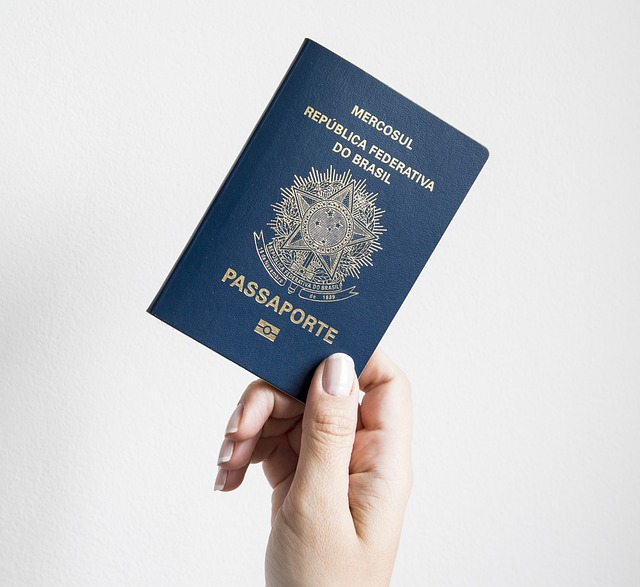Introduction to Immigration Visas
Immigration visas are essential for non-citizens who wish to enter the United States for various purposes, including work, education, or family reunification. In this post, we will explore the different types of immigration visas available and the processes involved in obtaining them.
Types of Immigration Visas
Family-Based Visas
Family-based visas allow U.S. citizens and lawful permanent residents to sponsor relatives for immigration. This category includes immediate relatives and family preference categories.Employment-Based Visas
Employment-based visas are designed for individuals with job offers from U.S. employers. This category includes categories like H-1B for skilled workers and L-1 for intracompany transferees.Student Visas
The F-1 visa is designated for full-time students, allowing them to study at accredited institutions in the U.S. and work part-time under certain conditions.Visitor Visas
B-1/B-2 visas are non-immigrant visas for those visiting the United States temporarily for business (B-1) or tourism (B-2).Diversity Visa Lottery
The Diversity Visa Lottery provides a pathway for individuals from countries with low immigration rates to the U.S. to apply for permanent residency.
Visa Application Process
Step 1: Determine Eligibility
Before applying for any visa, it’s crucial to determine which type of visa best suits your needs and eligibility.
Step 2: Complete the Application
File your application through the U.S. Department of State or U.S. Citizenship and Immigration Services (USCIS) website. You will need documentation such as proof of relationship for family visas or job offer letters for employment visas.
Step 3: Pay Fees
All visa applications require payment of fees, which vary depending on the visa type. Make sure to pay the necessary fees online.
Step 4: Attend Interview
Most visa applicants must attend an interview at a U.S. embassy or consulate, where consular officers will evaluate their applications.
Step 5: Wait for Processing
After the interview, applicants need to wait for their visa processing, which can vary by visa type and country of origin.
Conclusion
Understanding the various types of immigration visas and their respective processes can simplify your journey to the United States. Always stay updated with the official USCIS website for the most current information about visas and immigration processes.
For more detailed information, visit USCIS.




